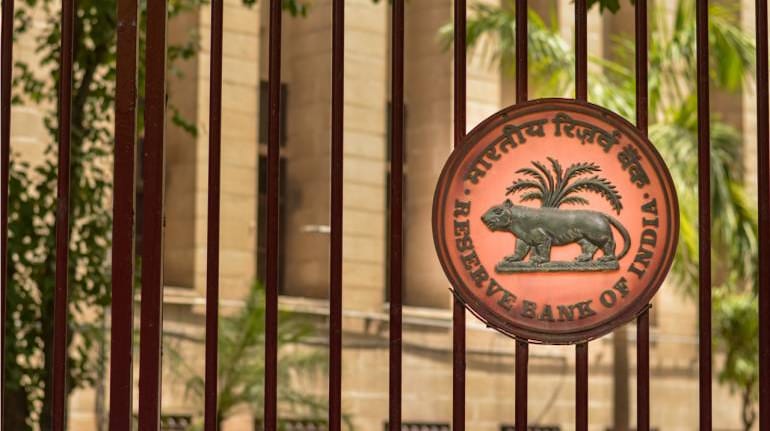



The Monetary Policy Committee (MPC) of Reserve Bank of India (RBI) will come out with its decision on April 5 on key interest rates.
As per Moneycontrol’s poll of atleast 21 economist, bankers and fund managers, the MPC is likely to maintain a status quo in the April monetary policy and remain cautious on inflation.
The majority of experts said that the central bank will maintain its ‘Withdrawal of Accommodation’ stance. However, one economist said it will be changed to neutral.
Track all latest updates from today's MPC outcome here
Here is an explainer for you to understand some key terms in the monetary policy review.
What is repo rate?
Repo rate is an interest rate at which the RBI provides liquidity under the liquidity adjustment facility (LAF) to banks against the collateral of government and other approved securities.
Currently, the repo rate is at 6.50 percent.
In its February monetary policy, the central bank kept the repo rate unchanged at 6.50 percent for the sixth consecutive time. The RBI has kept the repo rate unchanged since the April 2023 monetary policy. This was after inflation showed signs of moderating.
Standing Deposit Facility (SDF) Rate:SDF rate is a rate at which the RBI accepts uncollateralised deposits, on an overnight basis, from banks.
The SDF is also a financial stability tool in addition to its role in liquidity management. The SDF rate is placed at 25 basis points below the policy repo rate.
Currently, SDF rate is at 6.25 percent.
SDF was introduced in April 2022, and it replaced the reverse repo rates as the floor of the LAF corridor.
 MC ExplainsMarginal Standing Facility (MSF) Rate:
MC ExplainsMarginal Standing Facility (MSF) Rate:The penal rate at which banks can borrow, on an overnight basis, from the central bank by dipping into their Statutory Liquidity Ratio (SLR) portfolio up to a predefined limit (2 per cent).
MSF rate currently stands at 6.75 percent.
This provides a safety valve against unanticipated liquidity shocks to the banking system. The MSF rate is placed at 25 basis points above the policy repo rate.
Fine Tuning Operations:According to the RBI’s website, the main liquidity operation is supported by fine-tuning operations, overnight and/or longer tenor, to tide over any unanticipated liquidity changes during the reserve maintenance period.
In addition, the RBI conducts, if needed, longer-term variable rate repo/reverse repo auctions of more than 14 days.
Monetary policy stanceThe rate setting panel indicates its broader policy approach by guiding the markets with policy stances.
There are various stances such as accommodative, which means the central bank is prepared to expand the money supply to boost economic growth.
The second one is a ‘neutral stance’ that suggests that the central bank can either cut rate or increase rate. This stance is typically adopted when the policy priority is equal on both inflation and growth.
A hawkish stance indicates that the central bank’s top priority is to keep the inflation low. During such a phase, the central bank is willing to hike interest rates to curb money supply and thus reduce the demand.
Calibrated tightening means during the current rate cycle, a cut in the repo rate is off the table.
Also read: MPC Meet: RBI to maintain status quo with a hint of caution
CPI InflationConsumer Price Index (CPI) based Inflation is a measure of changes in the price levels of goods and services purchased by households.
In February, India's headline retail inflation rate was almost unchanged at 5.09 percent, from 5.10 percent in January.
The inflation print in February was far above the central bank’s medium term target of 4 percent.
According to the RBI's latest forecast, CPI inflation is seen at 5.4 percent for 2023-24 with Q4 at 5 percent.
Discover the latest Business News, Sensex, and Nifty updates. Obtain Personal Finance insights, tax queries, and expert opinions on Moneycontrol or download the Moneycontrol App to stay updated!
Find the best of Al News in one place, specially curated for you every weekend.
Stay on top of the latest tech trends and biggest startup news.